Although the two diseases have different causative agents, they are both transmitted by the Aedes mosquito, posing the risk of "overlapping epidemics" and requiring Vietnam to immediately deploy synchronous and sustainable prevention solutions.
Medical staff from the Hanoi Center for Disease Control monitor dengue fever outbreaks in the community.
Complex developments
Vietnam has not yet recorded any cases of Chikungunya in the community, but the risk of infiltration is clear. Epidemiological studies from 2017–2019 on more than a thousand serum samples showed that nearly half of the samples had antibodies to this virus, and some were even positive by PCR technique. This is evidence that Chikungunya had been circulating silently, and in the context of the rainy season - the peak breeding season of Aedes mosquitoes - the return of this disease is entirely possible.
Along with the warnings about Chikungunya, dengue fever in the country is on the rise. In Hanoi , by mid-August 2025, there were more than 800 cases, many outbreaks are still active and are forecast to continue to increase according to the rainy season cycle. More seriously, the southern region witnessed more than 44,000 cases, 11 deaths in the first eight months of the year alone, nearly double compared to the same period in 2024. Dong Nai recorded nearly 10,000 cases, an increase of over 150%. In Can Tho, the number of hospitalizations doubled compared to the previous year, mainly children - the most vulnerable group. These numbers not only show the complicated development of the epidemic, but also suggest the possibility of "epidemic overlapping epidemic" when both viruses share the same vector.
The confusion over symptoms makes diagnosis and treatment even more difficult in the event that Chikungunya enters our country.
Dr. Truong Huu Khanh, Vice President of the Ho Chi Minh City Infectious Diseases Association, analyzed: While dengue fever is often characterized by bleeding and the risk of shock, Chikungunya is characterized by severe, prolonged joint pain that causes the patient to bend over when moving. However, both start with high fever, headache, and muscle pain, leading to the risk of missing or misdiagnosing in the early stages. At the same time, there is no specific treatment.
This is a challenge for the epidemic surveillance system and preventive medicine sector, especially when Vietnam is expanding international exchanges, tourism and trade.
Synchronous prevention
Currently, the Ministry of Health has directed the implementation of a series of synchronous solutions, integrating both diseases into the same campaign with the "integrated vector management" model.
At the central level, the Department of Disease Prevention has requested international health quarantine units to strengthen monitoring of incoming passengers, especially from epidemic areas, and to be ready to classify, quarantine and handle suspected cases right at the border gate. In parallel, the Institutes of Hygiene and Epidemiology and the Pasteur Institute have been assigned to strengthen mosquito monitoring, investigate outbreaks and provide technical support to localities.
In Hanoi, the Department of Health has directed to tighten surveillance at Noi Bai airport, coordinate with the Central Institute of Hygiene and Epidemiology to promptly collect samples for testing, and at the same time thoroughly handle the dengue fever outbreak to prevent it from spreading.
In Ho Chi Minh City, the campaign "No larvae - no mosquitoes - no diseases" was launched for more than a month, focusing on mobilizing each household to eliminate mosquito breeding sites, combined with spraying chemicals at high-risk areas.
However, the success of all health measures depends on community participation. Dr. Nguyen Nguyen Huyen, Director of the Center for Disease Control and Prevention - Central Hospital for Tropical Diseases, emphasized: We cannot rely solely on the chemical spraying force, but more importantly, on the daily behavior of the people. Covering water containers, changing and washing flower vases, removing waste that can contain rainwater, sleeping under mosquito nets even during the day, wearing long clothes, using mosquito repellent cream... are simple but effective actions to prevent the life cycle of mosquitoes. Many localities have mobilized organizations, residential groups, students to participate in periodic general cleaning. It is this social consensus that creates sustainable effectiveness, not just temporary campaigns.
daidoanket.vn
Source: https://baolaocai.vn/chikungunya-va-sot-xuat-huet-hai-moi-de-doa-cung-chung-nguon-lay-post880004.html





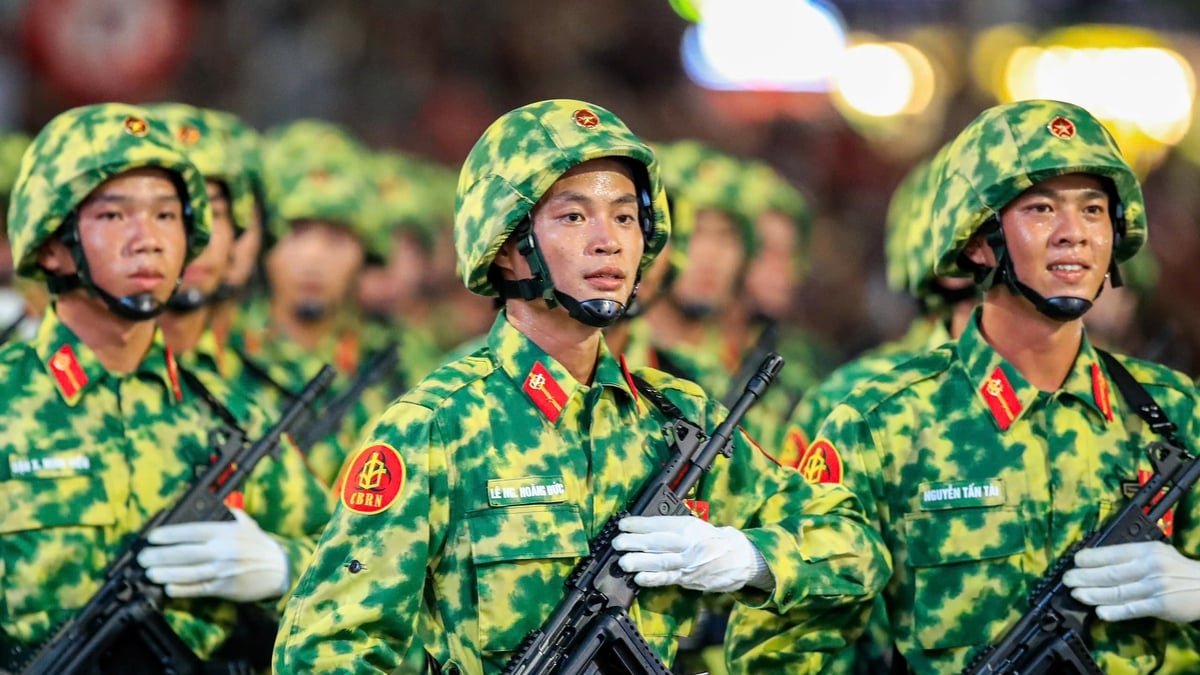

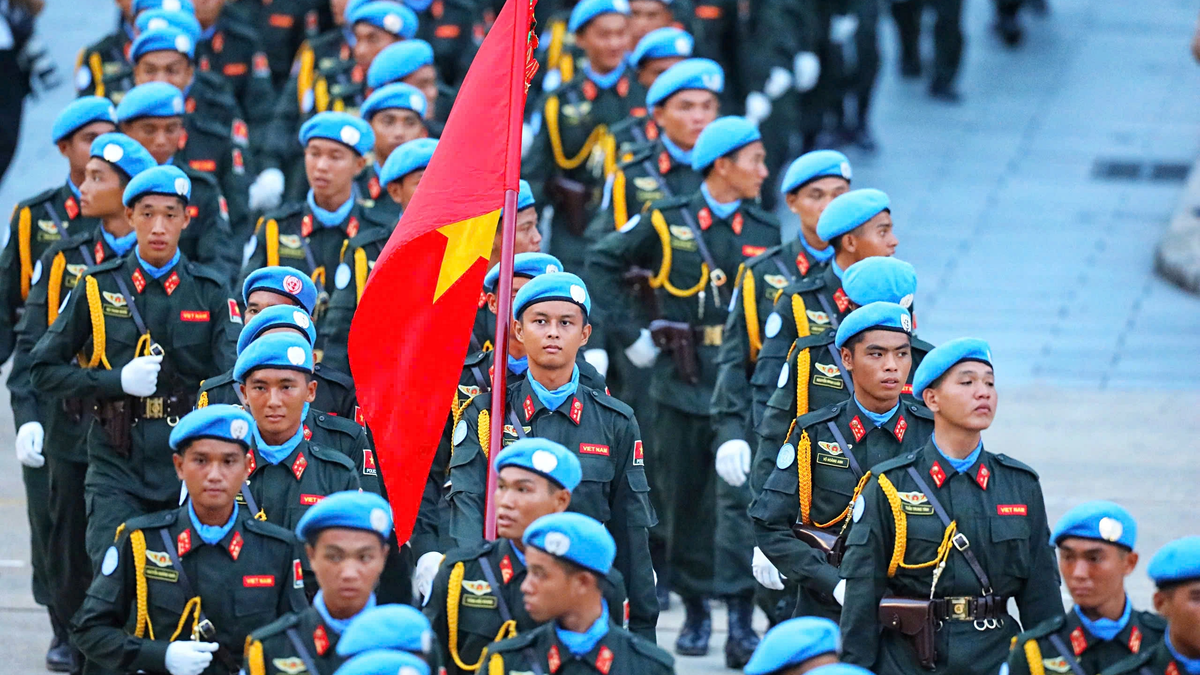


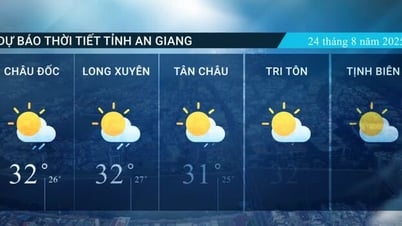

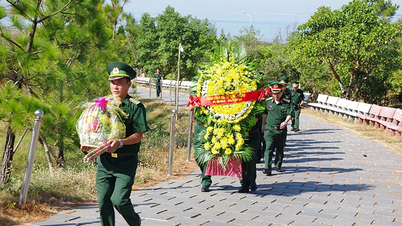






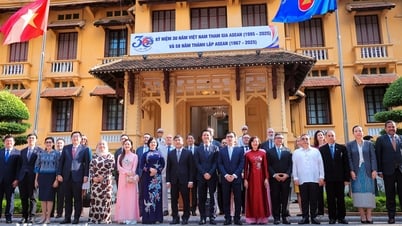








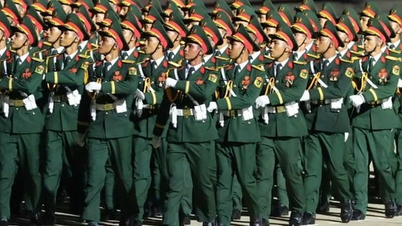
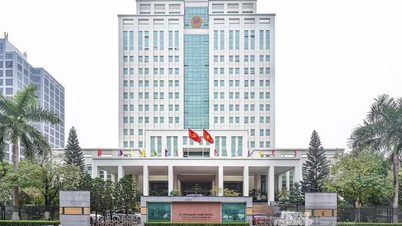
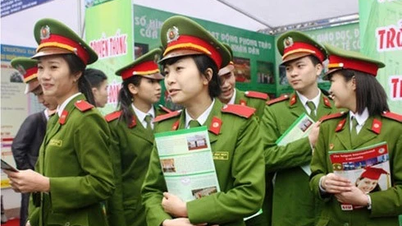
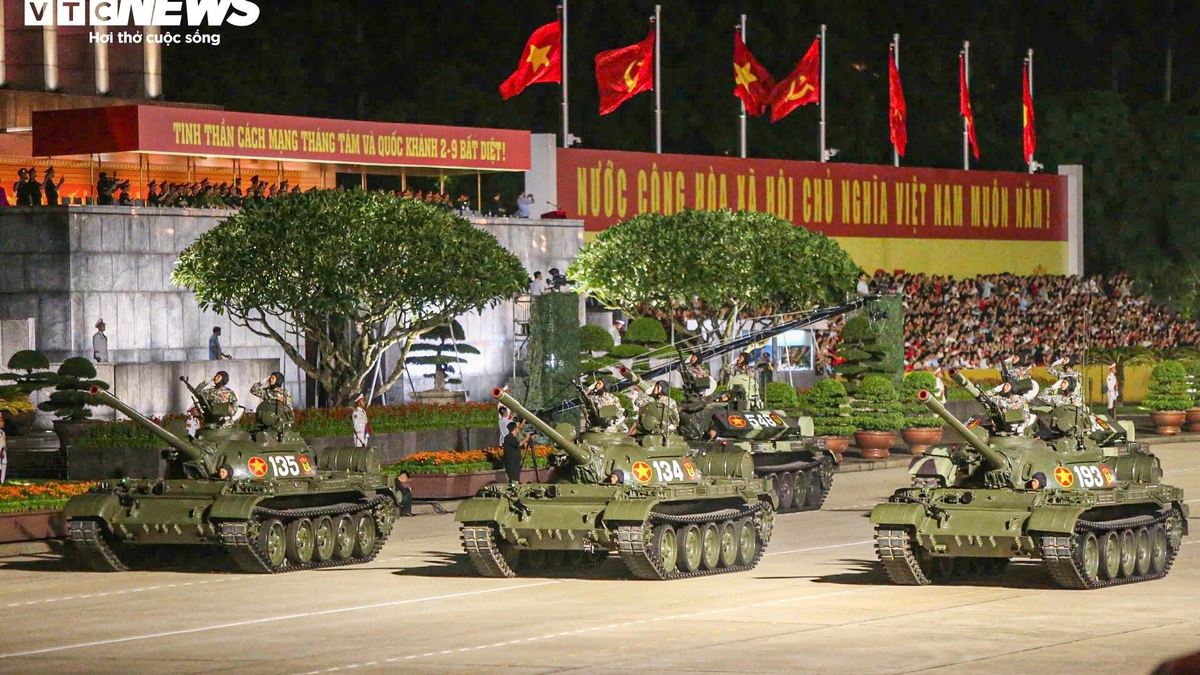












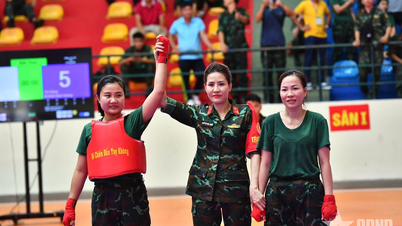

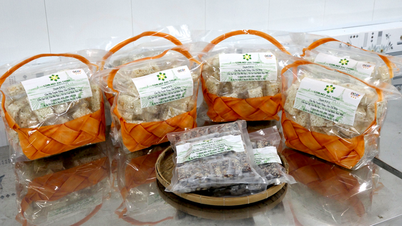




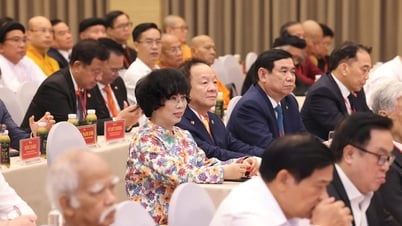











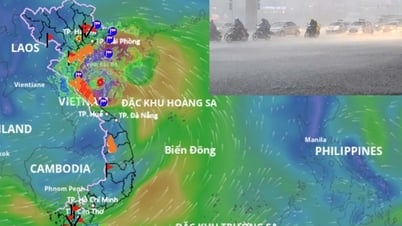

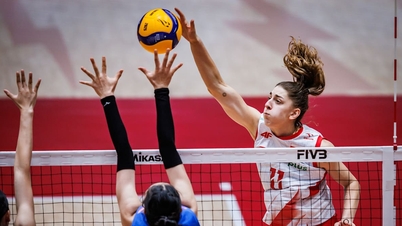



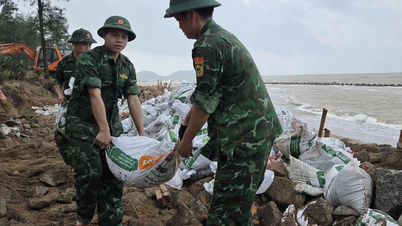







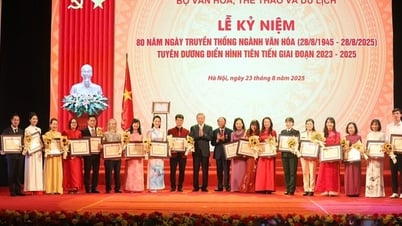
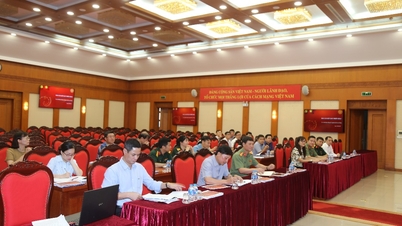








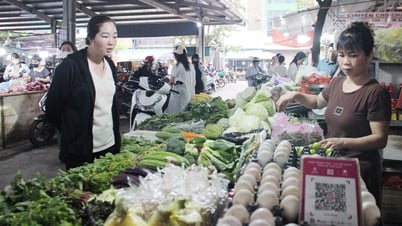

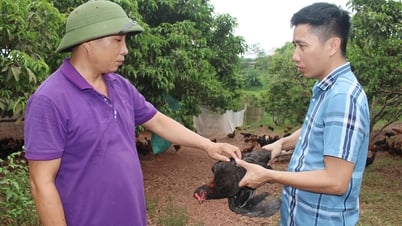



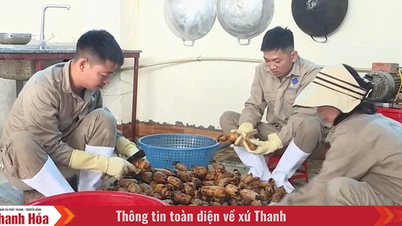

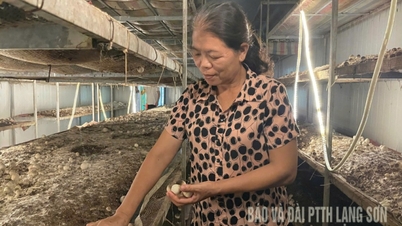


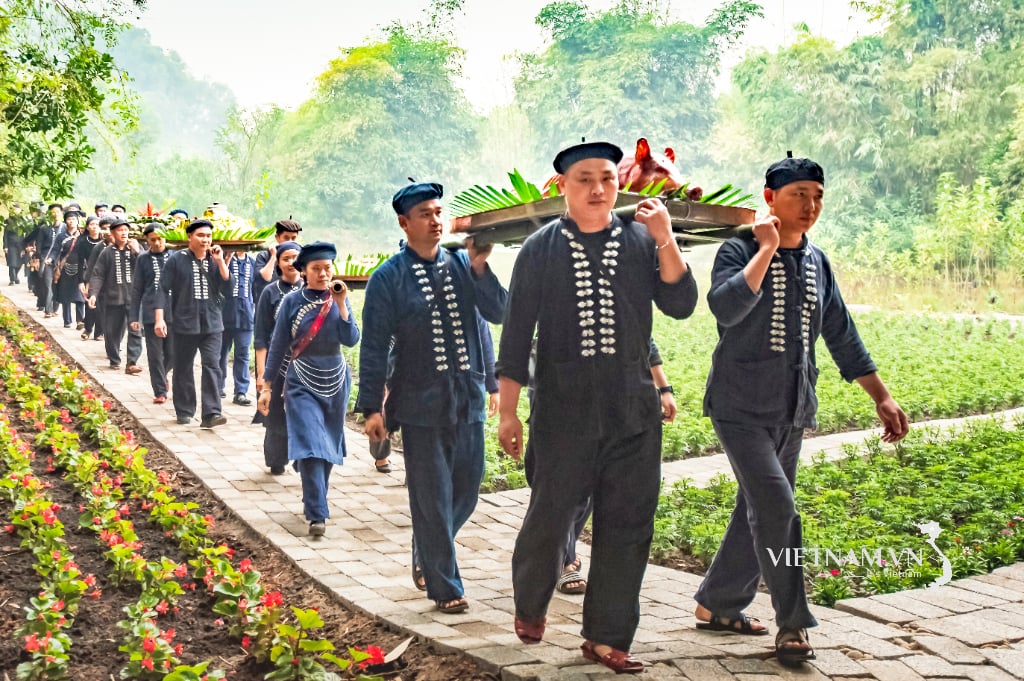
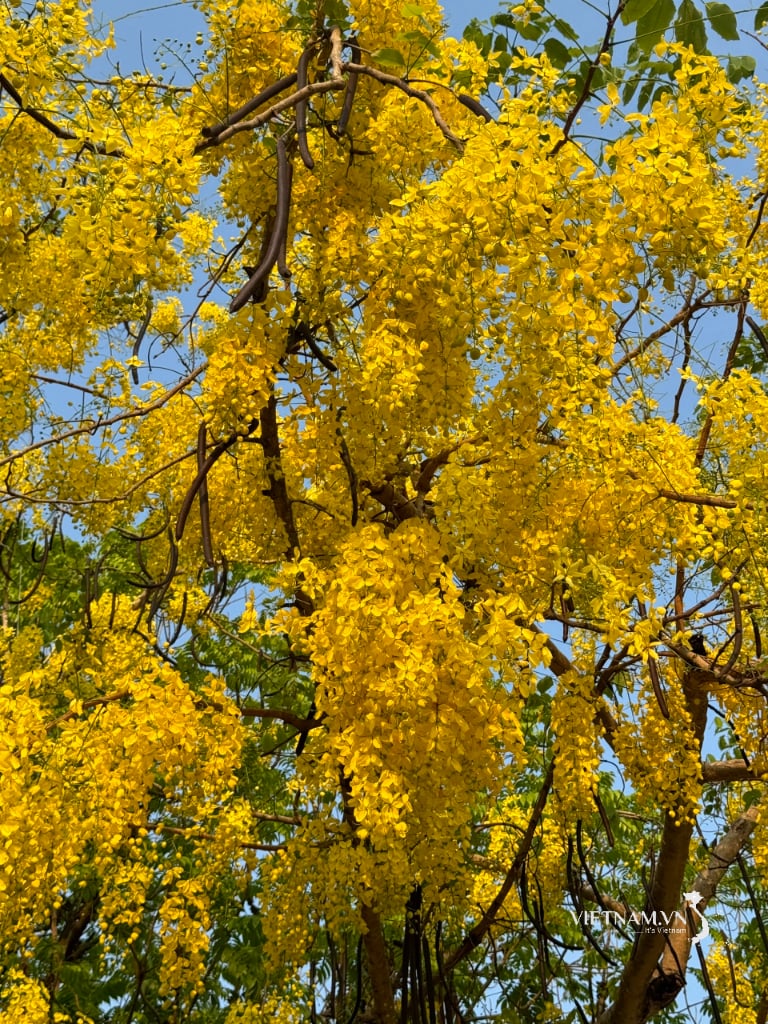


Comment (0)